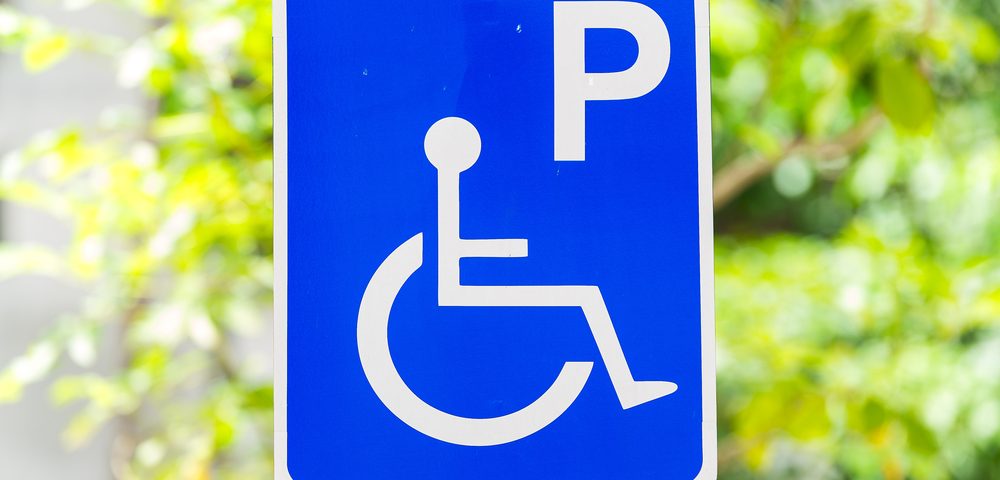Pondering Questions of CMT and Identity

A friend and I surprised each other recently. I casually mentioned that I have Charcot-Marie-Tooth (CMT). And she revealed that I had never previously brought up the subject. We have been friends for almost 10 years. In college, we spent many late nights together working on articles for the student newspaper. These days we meet up regularly with our mutual friends to eat out and geek out over the latest comic books or superhero movies. And I had, apparently, in all of our conversations over all of these years, never discussed my CMT with her.
I’ve been thinking a lot about identity this past week. The realization that I hadn’t shared information about my CMT with a close friend has made me think about how my disease has shaped my life and how I choose to present myself to others.
I think there are several reasons why my failure to mention CMT to my friend surprised me. I don’t think I’ve ever been shy about the fact that I have CMT. As a child who wore ankle-foot orthoses (AFOs) to improve my stability, I don’t remember being afraid of sticking out. Even when kids would sometimes taunt me by yelling, “Run, Forrest, Run!” I still wore my AFOs openly for everyone to see.
My experiences due to CMT have shaped who I’ve become. And I’m astonished I hadn’t mentioned something I consider an integral part of my identity.
Since I’ve stopped wearing AFOs, my CMT isn’t immediately noticeable. And unless someone knows what to look for, I think it’s almost impossible for most people to tell I have a neurological disorder.
Now, without a visible identifier that I’m different than most able-bodied folks, there’s one situation left for my CMT to come up in conversation naturally. And that is when I’m driving with someone else and he or she sees, peeking out from behind my sun visor, a handicapped parking permit that I never use.
This “invisibility” grants me a particular privilege some other folks with disabilities don’t have. I can go about my daily business without attracting the pity, stares, or prejudice that many people direct toward the disabled. In a way, that is incredibly empowering.
However, I’m beginning to wonder if going “incognito” is the right path for me. Sometimes I question that by not being more proactive in sharing my struggles with CMT and by choosing not to stand out, I’m perpetuating a kind of status quo. After all, I think taking control of the narrative and educating friends and acquaintances can also be empowering.
While I won’t start introducing myself as someone with CMT, I can take small steps toward being more open with my friends. I can tell them about the aspects of my life that are central to my identity and how I’ve overcome some of my CMT challenges.
***
Note: Charcot-Marie-Tooth News is strictly a news and information website about the disease. It does not provide medical advice, diagnosis, or treatment. This content is not intended to be a substitute for professional medical advice, diagnosis, or treatment. Always seek the advice of your physician or other qualified health provider with any questions you may have regarding a medical condition. Never disregard professional medical advice or delay in seeking it because of something you have read on this website. The opinions expressed in this column are not those of Charcot-Marie-Tooth News or its parent company, Bionews Services, and are intended to spark discussion about issues pertaining to Charcot-Marie-Tooth.






PJ
Hi Thanks for the nice article that speak out of my mind.
But I am curious about how you stop wearing AFO. Any idea for sharing?
Young Lee
I stopped wearing AFOs in high school because I joined the high school marching band. My CMT symptoms were more manageable in high school but they have progressed a bit since then. Because of the AFOs I had at the time were the solid-ankle type and didn’t have much breathability, the sweat that accumulated after hours of band practice made the AFOs very uncomfortable and I eventually transitioned to simple ankle supports. Not wearing AFOs anymore isn’t a side-affect of my CMT symptoms improving and I’m still looking into various ankle support options including going back to AFOs.
Nicky
Hello, thanks for another strong article that strongly speaks to me. It's interesting to think about how our CMT fits into and shapes our identity.
"However, I’m beginning to wonder if going “incognito” is the right path for me. Sometimes I question that by not being more proactive in sharing my struggles with CMT and by choosing not to stand out, I’m perpetuating a kind of status quo. After all, I think taking control of the narrative and educating friends and acquaintances can also be empowering."
This is a very interesting reflection.
Personally, I find it sometimes difficult to find a good balance between going "incognito" (not telling, not showing) and telling/sharing. For the moment, I share only with close family and friends. I do accept my CMT, and love and accept my body as it is (most of the time ;-)), with its symptoms and shortcomings, but I don't feel confortable showing my AFO's or talking about CMT with people that I'm not 100 percent secure with... CMT clearly is a big part of my identity, it's just that in my process, it still somehow is a private or intimate part of my identity. But I can totally see the benefits of "coming out" and sharing more.
Looking forward to reading you next article :-).